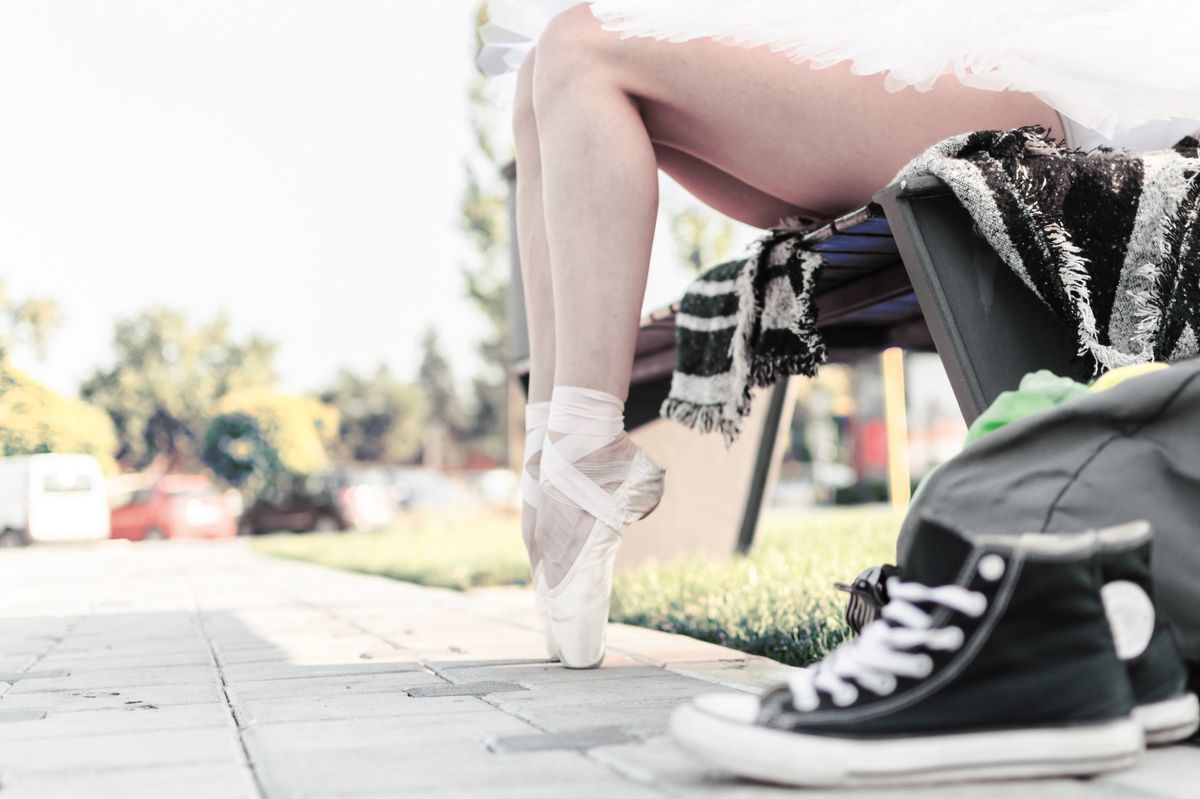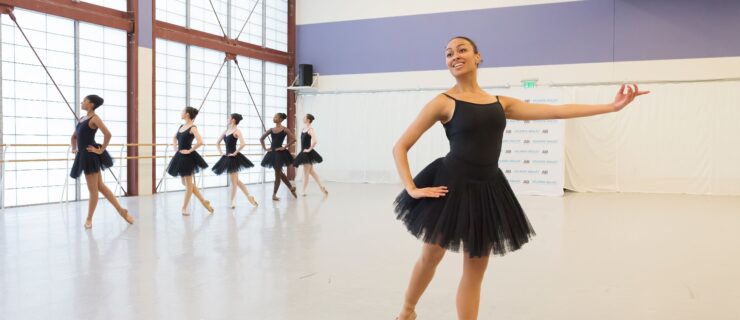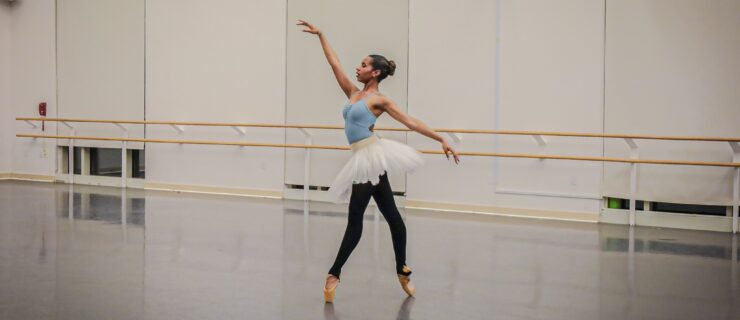Staying Home for the Summer: Tips for Creating a DIY Intensive
Updated 6/2/2022
It is easy to feel as though the entire ballet year revolves around summer: more hours in the day for dance, and another summer intensive to add to your resumé. You’ve likely dreamt about which program you want to attend, traveled to auditions and gotten excited about the new challenges in a big city school. But what if you find yourself staying home?
It can feel heartbreaking to watch your peers take off for their intensives. Whether you’re staying home by choice or because of injury or finances, you can still improve and have fun at your local studio. Unlike those headed off to big intensives, you have flexibility and money on your side. Jody Skye Schissler, owner of Skye Ballet Center in Herndon, Virginia, encourages dancers to start by asking, “How can you make your summer more focused on yourself and what you need for your future?” Here are tips for making the most of your time at home.
Home Studio Advantages

JonMarie Johnson in a summer class at Louisville Ballet School, her home studio. Photo by Kateryna Sellers, courtesy Louisville Ballet.
Look at it this way: It takes a while for the dust to settle at a big intensive. For the first week or two of classes, dancers are being evaluated for level placement, settling into dorm life and forming early relationships with other students and teachers. There’s a lot of distraction and uncertainty to get through before you develop a feeling of routine. When you train locally, those unknowns don’t necessarily apply.
Former Louisville Ballet School student JonMarie Johnson decided to stay home the summer after high school graduation because she was leaving for college that fall and an intensive proved cost-prohibitive. But Johnson, who had previously attended intensives at Pacific Northwest Ballet School and Pittsburgh Ballet Theatre School, quickly recognized the benefits. “You have the advantage of being more immediately comfortable in the situation,” she says. “It sounds silly, but even the comfort level you have in the studio space itself contributes to your improvement.”
Johnson also appreciated training with a small group of 20 dancers and with teachers who knew her and what she needed most. “I think I improved more that summer than I ever had before,” she says. Schissler says that, at her own studio, she can give her students opportunities that large intensives don’t have the flexibility to do. “Last summer I had three-hour technique classes,” she says. “Their improvement was incredible because we had so much time and I know them all so well.”
Build a Custom Training Program
Between tuition and housing, a summer intensive can cost your family upwards of $6,000. If possible, Schissler recommends creating add-ons to your regular dance classes with some of the money you save. “Get a membership at your local gym and give swimming a try,” she says. “It is great for stamina and endurance, and it is an opportunity you won’t have at a summer intensive.”
You could also consider signing up for weekly private or group lessons in Pilates, Gyrotonic or yoga. And the summer months offer more time to seek out local master classes or workshops (if not at your school, than perhaps at a nearby studio). Or, consider supplementing your ballet training with classes in other genres, like modern, contemporary, tap, improvisation or even acting.
Go Back to Basics

Yuka Iseda in the peasant pas de trois from Swan Lake. Photo by Adrian Molina Soca, courtesy Philadelphia Ballet.
Whether you are staying home because of an injury or not, summertime presents an excellent opportunity to get back to the basics of your training. Philadelphia Ballet principal Yuka Iseda recommends taking open classes in a lower level. She says doing so gives her time to focus on breaking simpler movement down correctly, which then helps her perform better in more complicated combinations.
Schissler suggests asking your studio director if you can assist teaching lower levels. “Helping teach little ones helps you so much in your own dancing,” she says. “You become a smarter dancer.” By learning to explain proper turnout to a 6-year-old, you may come to approach it differently yourself.
Take a Break
As a student in Japan, Iseda often used her summer off-time (which is shorter than in the U.S.) to allow her body to heal— something she continues today. “I think that ballet is such hard work and sometimes you just need a break,” she says. This could be particularly useful if you’re nursing an injury. By taking time out of the studio, focusing on lower-level open classes and cross-training, Iseda finds that the imbalances in her body begin to right themselves and she feels better when she gets back into ballet full force.
Johnson, a dance major at University of Cincinnati’s College-Conservatory of Music, says training locally doesn’t mean that you won’t have opportunities to improve. “It is important to keep in mind that you make the program what it is and you put in the work and effort to excel,” says Johnson. By staying focused and getting creative with your training, you can make your summer worthwhile.








